| Availability: | |
|---|---|
| Quantity: | |
| Product Name | 1 kg neodymium magnet |
| Material | Neodymium (Nd), Iron (Fe), and Boron (B) |
| Size | Customized size |
| Shape | Customized (block,Disc,Cylinder, Bar, Ring,Arc,Countersunk, Segment, hook) |
| Coating | Customised (Ni, Zn, Epoxy, Gold, etc.) |
| Size tolerance | ±0.05mm for diamater / thickness, ±0.1mm for width / length |
| Density | 8.9-6.5g/cm³ |
| Magnetization | Thickness Magnetized, Axially Magnetized, Diametrally Magnetized |
| Applications | Neodymium(NdFeB) Magnet are widely used in many fields, such as motors, sensors,microphones, wind turbines, wind generators,printer, switchboard, packing box , loudspeakers, magnetic separation, magnetic hooks, magnetic holder, magnetic chuck, ect. |
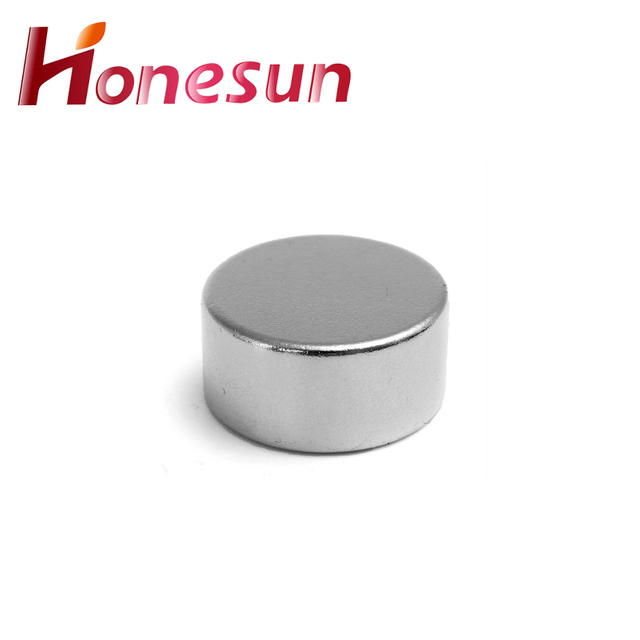
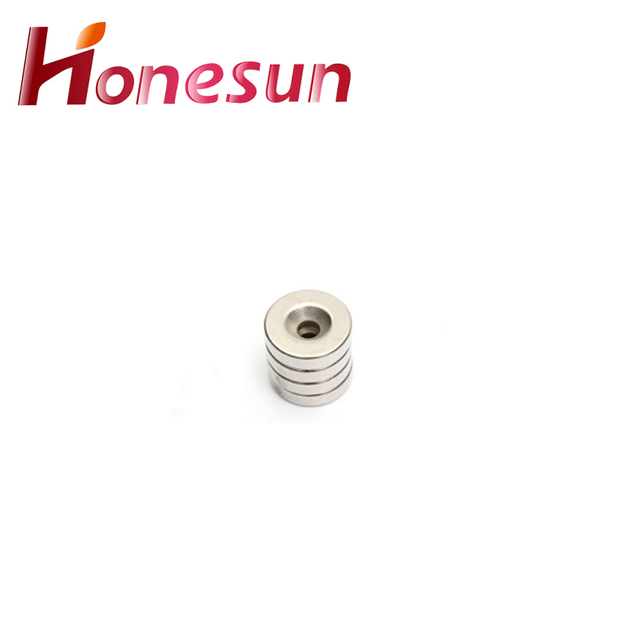
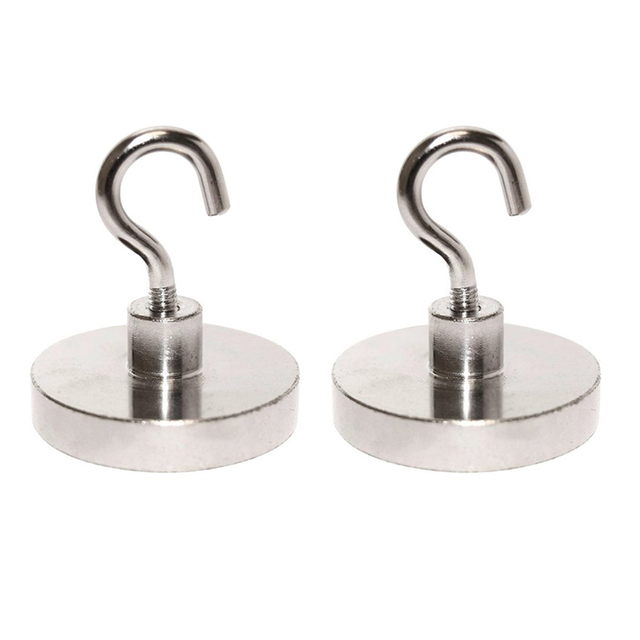
1.Are 1 kg neodymium magnet used in electric vehicles?
Yes, neodymium magnets are used in electric vehicles. They are used in the electric motors that power the vehicle, as well as in the batteries that store the energy. Neodymium magnets are also used in the regenerative braking systems of electric vehicles, which help to capture and store energy that would otherwise be lost as heat.
2.What are the common uses of 1 kg neodymium magnet?
We operate our 1 kg neodymium magnet business with integrity and honesty. 1. Motors: Neodymium magnets are used in the production of electric motors, such as those found in cordless tools, hard disk drives, and electric vehicles. 2. Speakers: Neodymium magnets are used in the production of loudspeakers, headphones, and microphones. 3. Sensors: Neodymium magnets are used in the production of sensors, such as those found in medical imaging equipment. 4. Generators: Neodymium magnets are used in the production of generators, such as those found in wind turbines. 5. Magnetic Separation: Neodymium magnets are used in the production of magnetic separators, such as those found in recycling plants. 6. Jewelry: Neodymium magnets are used in the production of jewelry, such as magnetic bracelets and necklaces.
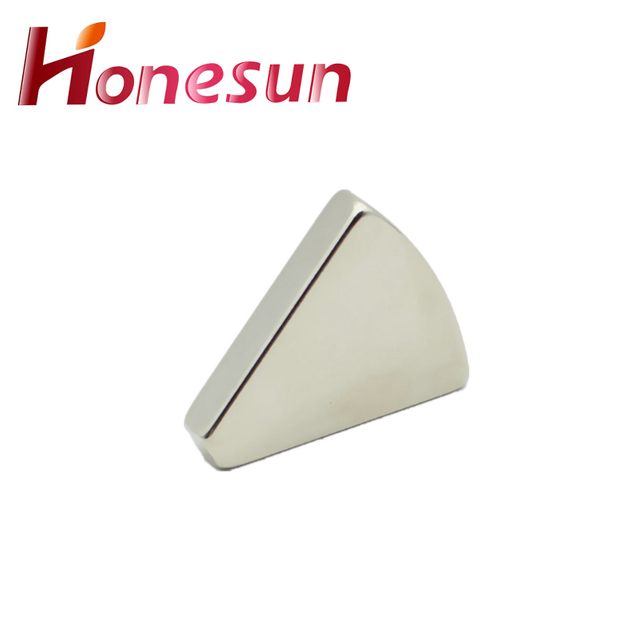
3.What are the limitations of using 1 kg neodymium magnet?
As one of the top 1 kg neodymium magnet manufacturers in China, we take this very seriously. 1. Neodymium magnets are brittle and can easily break or chip if dropped or handled roughly. 2. Neodymium magnets can corrode if exposed to moisture or other corrosive elements. 3. Neodymium magnets can be difficult to machine and require special tools and techniques. 4. Neodymium magnets can be difficult to demagnetize and require special tools and techniques. 5. Neodymium magnets can be expensive compared to other types of magnets.
4.About 1 kg neodymium magnet overseas warehouse
Neodymium Magnets overseas warehouse is a leading supplier of neodymium magnets and related products. We offer a wide range of products, including rare earth magnets, ceramic magnets, alnico magnets, and more. Our products are used in a variety of industries, including automotive, aerospace, medical, and industrial. We have warehouses located in the United States, Europe, and Asia, allowing us to provide fast and reliable shipping to customers around the world. We strive to provide the highest quality products at the most competitive prices.

5.How have 1 kg neodymium magnet revolutionized the manufacturing industry?
Neodymium magnets have revolutionized the manufacturing industry by providing a powerful, lightweight, and cost-effective alternative to traditional ferrite magnets. Neodymium magnets are used in a variety of applications, from motors and generators to sensors and medical equipment. They are also used in the production of consumer electronics, automotive components, and industrial machinery. Neodymium magnets are more powerful than ferrite magnets, allowing for smaller, lighter, and more efficient designs. They are also more cost-effective, making them a popular choice for manufacturers.
6.What are the environmental impacts of mining Neodymium for magnets?
The environmental impacts of mining neodymium for magnets can include air and water pollution, land degradation, and the destruction of habitats. Mining neodymium can also lead to the release of hazardous chemicals, such as sulfur dioxide, nitrogen oxides, and carbon dioxide, into the atmosphere. Additionally, the mining process can cause soil erosion, which can lead to the destruction of vegetation and wildlife habitats. Finally, the mining process can also lead to the release of radioactive materials, which can be hazardous to human health.
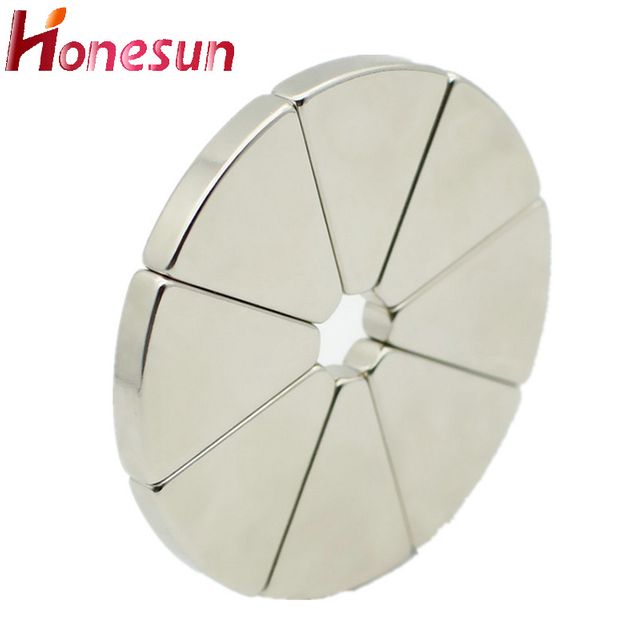
7.What is the magnetic field strength of a Neodymium Magnet?
The magnetic field strength of a Neodymium magnet can range from 10,000 to 14,000 gauss.
8.Can 1 kg neodymium magnet be used for magnetic therapy?
No, neodymium magnets are not recommended for use in magnetic therapy. Neodymium magnets are very powerful and can cause tissue damage if used incorrectly. It is best to consult a qualified healthcare professional before using any type of magnetic therapy.
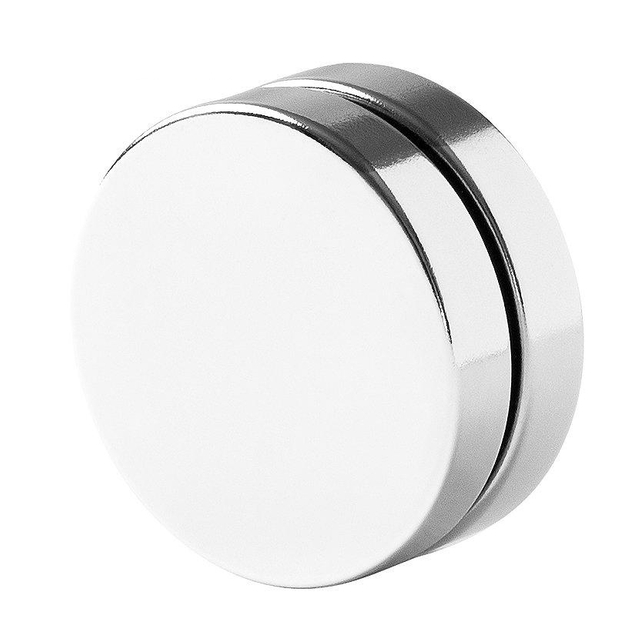
9.How are 1 kg neodymium magnet made?
Our products & services cover a wide range of areas and meet the needs of different fields. Neodymium magnets are made by a process called powder metallurgy. This process involves mixing neodymium, iron, and boron powder together and then compressing the mixture into a mold. The mold is then heated to a very high temperature, which causes the particles to bond together and form a solid magnet.
10.About 1 kg neodymium magnet production equipment
Neodymium magnets are a type of rare earth magnet that is made from an alloy of neodymium, iron, and boron. They are the strongest type of permanent magnet available and are used in a variety of applications, including motors, generators, and loudspeakers. The production of neodymium magnets requires specialized equipment, such as a vacuum furnace, a press, and a sintering furnace. The process begins with the mixing of the neodymium, iron, and boron powders in the correct proportions. The mixture is then placed in a vacuum furnace and heated to a high temperature. This causes the powders to melt and form a homogenous alloy. The alloy is then placed in a press and formed into the desired shape. Finally, the formed alloy is placed in a sintering furnace and heated to a high temperature, which causes the alloy to become a permanent magnet.
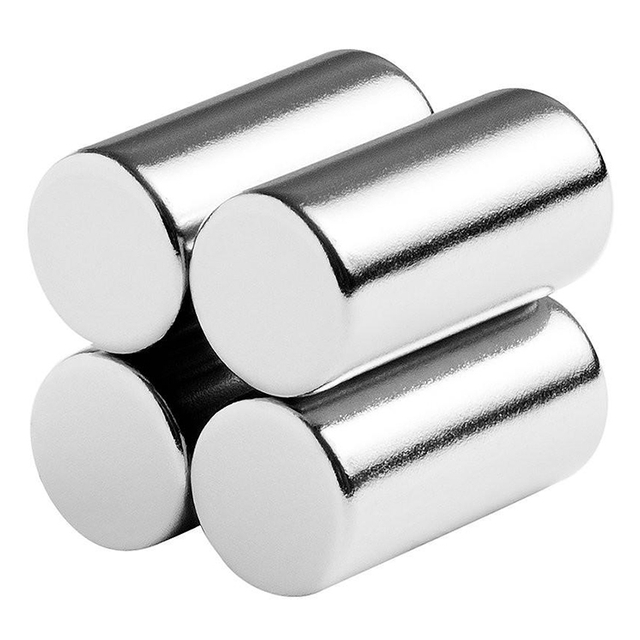
11.How do you recycle 1 kg neodymium magnet?
We focus on our customers' needs and strive to meet their expectations, so we take this very seriously. Neodymium magnets are not typically recycled, as they are made from rare earth metals and are difficult to separate and process. It is best to reuse them or donate them to a local school or organization that can use them.
12.Are 1 kg neodymium magnet safe to handle?
1 kg neodymium magnet is not a product only, but also can help you comes to money-making. Yes, neodymium magnets are safe to handle as long as they are handled with care. Neodymium magnets are very strong and can cause injury if not handled properly. It is important to keep them away from children and pets, and to avoid contact with other magnets or metal objects.
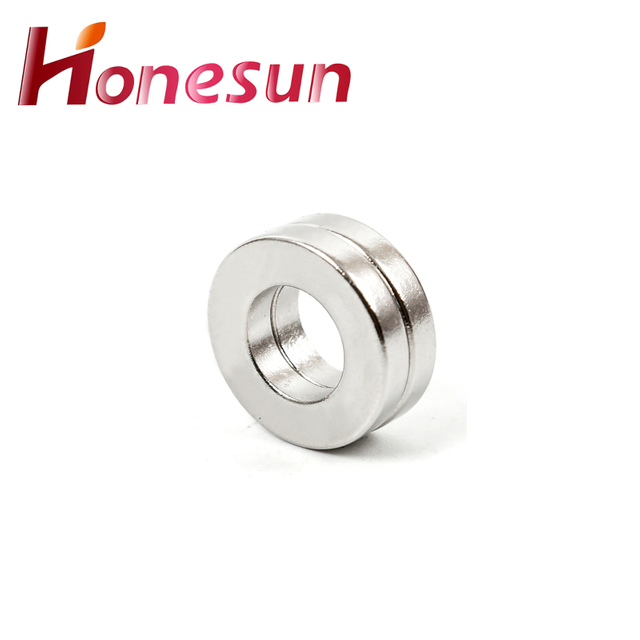
13.Can 1 kg neodymium magnet be used in high-temperature environments?
Our 1 kg neodymium magnet products undergo strict quality control to ensure customer satisfaction. No, neodymium magnets are not suitable for use in high-temperature environments. They can become permanently demagnetized if exposed to temperatures above their Curie temperature, which is typically around 80-200°C (176-392°F).
14.About 1 kg neodymium magnet production management system
Neodymium magnets production management system is a software solution designed to help manufacturers of neodymium magnets manage their production processes. The system provides a comprehensive set of tools to help streamline production, from tracking orders and inventory to managing quality control and production scheduling. It also provides detailed reporting and analytics to help manufacturers make informed decisions about their production processes. The system is designed to be user-friendly and intuitive, allowing users to quickly and easily access the information they need.

15.About the scale of 1 kg neodymium magnet factory
Neodymium magnets are produced in a variety of sizes, shapes, and grades. The size of a neodymium magnet factory can vary greatly depending on the type of magnets being produced. Some factories may only produce small magnets, while others may produce large magnets for industrial applications. The size of the factory also depends on the number of employees and the amount of equipment needed to produce the magnets.
| Product Name | 1 kg neodymium magnet |
| Material | Neodymium (Nd), Iron (Fe), and Boron (B) |
| Size | Customized size |
| Shape | Customized (block,Disc,Cylinder, Bar, Ring,Arc,Countersunk, Segment, hook) |
| Coating | Customised (Ni, Zn, Epoxy, Gold, etc.) |
| Size tolerance | ±0.05mm for diamater / thickness, ±0.1mm for width / length |
| Density | 8.9-6.5g/cm³ |
| Magnetization | Thickness Magnetized, Axially Magnetized, Diametrally Magnetized |
| Applications | Neodymium(NdFeB) Magnet are widely used in many fields, such as motors, sensors,microphones, wind turbines, wind generators,printer, switchboard, packing box , loudspeakers, magnetic separation, magnetic hooks, magnetic holder, magnetic chuck, ect. |



1.Are 1 kg neodymium magnet used in electric vehicles?
Yes, neodymium magnets are used in electric vehicles. They are used in the electric motors that power the vehicle, as well as in the batteries that store the energy. Neodymium magnets are also used in the regenerative braking systems of electric vehicles, which help to capture and store energy that would otherwise be lost as heat.
2.What are the common uses of 1 kg neodymium magnet?
We operate our 1 kg neodymium magnet business with integrity and honesty. 1. Motors: Neodymium magnets are used in the production of electric motors, such as those found in cordless tools, hard disk drives, and electric vehicles. 2. Speakers: Neodymium magnets are used in the production of loudspeakers, headphones, and microphones. 3. Sensors: Neodymium magnets are used in the production of sensors, such as those found in medical imaging equipment. 4. Generators: Neodymium magnets are used in the production of generators, such as those found in wind turbines. 5. Magnetic Separation: Neodymium magnets are used in the production of magnetic separators, such as those found in recycling plants. 6. Jewelry: Neodymium magnets are used in the production of jewelry, such as magnetic bracelets and necklaces.

3.What are the limitations of using 1 kg neodymium magnet?
As one of the top 1 kg neodymium magnet manufacturers in China, we take this very seriously. 1. Neodymium magnets are brittle and can easily break or chip if dropped or handled roughly. 2. Neodymium magnets can corrode if exposed to moisture or other corrosive elements. 3. Neodymium magnets can be difficult to machine and require special tools and techniques. 4. Neodymium magnets can be difficult to demagnetize and require special tools and techniques. 5. Neodymium magnets can be expensive compared to other types of magnets.
4.About 1 kg neodymium magnet overseas warehouse
Neodymium Magnets overseas warehouse is a leading supplier of neodymium magnets and related products. We offer a wide range of products, including rare earth magnets, ceramic magnets, alnico magnets, and more. Our products are used in a variety of industries, including automotive, aerospace, medical, and industrial. We have warehouses located in the United States, Europe, and Asia, allowing us to provide fast and reliable shipping to customers around the world. We strive to provide the highest quality products at the most competitive prices.

5.How have 1 kg neodymium magnet revolutionized the manufacturing industry?
Neodymium magnets have revolutionized the manufacturing industry by providing a powerful, lightweight, and cost-effective alternative to traditional ferrite magnets. Neodymium magnets are used in a variety of applications, from motors and generators to sensors and medical equipment. They are also used in the production of consumer electronics, automotive components, and industrial machinery. Neodymium magnets are more powerful than ferrite magnets, allowing for smaller, lighter, and more efficient designs. They are also more cost-effective, making them a popular choice for manufacturers.
6.What are the environmental impacts of mining Neodymium for magnets?
The environmental impacts of mining neodymium for magnets can include air and water pollution, land degradation, and the destruction of habitats. Mining neodymium can also lead to the release of hazardous chemicals, such as sulfur dioxide, nitrogen oxides, and carbon dioxide, into the atmosphere. Additionally, the mining process can cause soil erosion, which can lead to the destruction of vegetation and wildlife habitats. Finally, the mining process can also lead to the release of radioactive materials, which can be hazardous to human health.

7.What is the magnetic field strength of a Neodymium Magnet?
The magnetic field strength of a Neodymium magnet can range from 10,000 to 14,000 gauss.
8.Can 1 kg neodymium magnet be used for magnetic therapy?
No, neodymium magnets are not recommended for use in magnetic therapy. Neodymium magnets are very powerful and can cause tissue damage if used incorrectly. It is best to consult a qualified healthcare professional before using any type of magnetic therapy.

9.How are 1 kg neodymium magnet made?
Our products & services cover a wide range of areas and meet the needs of different fields. Neodymium magnets are made by a process called powder metallurgy. This process involves mixing neodymium, iron, and boron powder together and then compressing the mixture into a mold. The mold is then heated to a very high temperature, which causes the particles to bond together and form a solid magnet.
10.About 1 kg neodymium magnet production equipment
Neodymium magnets are a type of rare earth magnet that is made from an alloy of neodymium, iron, and boron. They are the strongest type of permanent magnet available and are used in a variety of applications, including motors, generators, and loudspeakers. The production of neodymium magnets requires specialized equipment, such as a vacuum furnace, a press, and a sintering furnace. The process begins with the mixing of the neodymium, iron, and boron powders in the correct proportions. The mixture is then placed in a vacuum furnace and heated to a high temperature. This causes the powders to melt and form a homogenous alloy. The alloy is then placed in a press and formed into the desired shape. Finally, the formed alloy is placed in a sintering furnace and heated to a high temperature, which causes the alloy to become a permanent magnet.

11.How do you recycle 1 kg neodymium magnet?
We focus on our customers' needs and strive to meet their expectations, so we take this very seriously. Neodymium magnets are not typically recycled, as they are made from rare earth metals and are difficult to separate and process. It is best to reuse them or donate them to a local school or organization that can use them.
12.Are 1 kg neodymium magnet safe to handle?
1 kg neodymium magnet is not a product only, but also can help you comes to money-making. Yes, neodymium magnets are safe to handle as long as they are handled with care. Neodymium magnets are very strong and can cause injury if not handled properly. It is important to keep them away from children and pets, and to avoid contact with other magnets or metal objects.

13.Can 1 kg neodymium magnet be used in high-temperature environments?
Our 1 kg neodymium magnet products undergo strict quality control to ensure customer satisfaction. No, neodymium magnets are not suitable for use in high-temperature environments. They can become permanently demagnetized if exposed to temperatures above their Curie temperature, which is typically around 80-200°C (176-392°F).
14.About 1 kg neodymium magnet production management system
Neodymium magnets production management system is a software solution designed to help manufacturers of neodymium magnets manage their production processes. The system provides a comprehensive set of tools to help streamline production, from tracking orders and inventory to managing quality control and production scheduling. It also provides detailed reporting and analytics to help manufacturers make informed decisions about their production processes. The system is designed to be user-friendly and intuitive, allowing users to quickly and easily access the information they need.

15.About the scale of 1 kg neodymium magnet factory
Neodymium magnets are produced in a variety of sizes, shapes, and grades. The size of a neodymium magnet factory can vary greatly depending on the type of magnets being produced. Some factories may only produce small magnets, while others may produce large magnets for industrial applications. The size of the factory also depends on the number of employees and the amount of equipment needed to produce the magnets.
Honesun Industrial Co., Ltd. focuses on designing, researching, developing, manufacturing and selling Magnets and Magnetic Assemblies. With more than 15 years' rich experience and considerate services.we have been recognized as a reliable.



